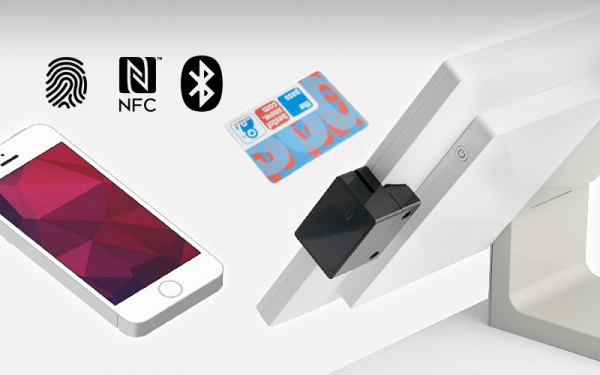by Tamara Haslam, Head of Sales, AURES UK
The arrival of contactless technology has seen the biggest shift in payment habits since Chip and PIN was first introduced. Thanks to its simplicity and convenience, ‘touch and go’ payment has grown rapidly in popularity, with the total number of contactless payments in the UK more than doubling between 2016 and 2017.
But just as consumer-facing industries are getting the measure of contactless card payments, the landscape looks set to shift again. In the latest development of digital payment technologies, increasing numbers of contactless transactions are being made via smartphones.
The applications which allow these ’cardless’ transactions to take place are often referred to as mobile, or digital wallets.
How do mobile wallets work?
Contactless debit and credit cards are fitted with microscopic radio transmitters which send identifying details to the contactless reader using radio waves. This is known as Radio Frequency Identification (RFID).
Mobile wallets depend on a specific variant of RFID called NFC, or Near Field Communication. NFC is a special communication protocol designed to allow two digital devices to share data over a very short distance. Some mobile wallets, such as PayPal, use Bluetooth instead. In either case, mobile payments can only be made from smartphones which have NFC/Bluetooth enabled.
There are two main types of mobile wallet. Popular wallets such as Apple Pay, Android Pay and Samsung Pay are known as ‘pass-through’ wallets. They let users store bank card details digitally, and then use these details to make contactless payments.
Other mobile payment platforms such as PayPal are known as ‘staged’ wallets. PayPal and similar services act as a proxy, carrying out the transaction on behalf of the account holder and then taking the funds from them.
What do mobile wallets mean for POS?
The biggest implication of mobile payments at the point of sale is the need to handle different types of technology. Many ‘first-wave’ contactless payment terminals were designed specifically to process contactless card transactions via RFID and therefore are not capable of processing payments from smartphones.
One of the challenges facing retailers and hospitality businesses is the complex web of relationships that has emerged between mobile wallet operators, merchant account services, payment gateways, card issuers and banks. Guaranteeing you will be able to accept contactless payments in every form is not always straightforward.
A sensible step is to purchase your own PDQ (process data quickly) rather than relying on that issued by your merchant account service provider. The AURES Multi-Technology Reader is an innovation in identification and EPOS hardware as it can process RFID in high and low frequencies, NFC and Bluetooth, as well as traditional magnetic swipe cards. With this ultra-compact addition to your EPOS terminal, you at least have the assurance that you have the hardware in place to handle any form of contactless payment.
What are the benefits of mobile wallets?
For consumers, the key attraction of mobile wallets is no longer having to carry around multiple cards, and being able to make in-person and online payments from the same device.
For retailers and hospitality businesses, the key benefit of being able to accept mobile wallet payments is offering a service that increasing numbers of customers want. Mobile payments are important in the development of mobile commerce in its own right, where the distinctions between purchasing in person or online are being eroded and flexibility is the watchword.
Embracing services such as Apple Pay, Android Pay, Samsung Pay and PayPal also helps to align transaction processing across multiple channels, for example in store and online. And a growing number of brands are even showing highly positive results from developing their own mobile wallets, aligning them with marketing, customer service and loyalty programs to take greater ownership of the transaction process.




